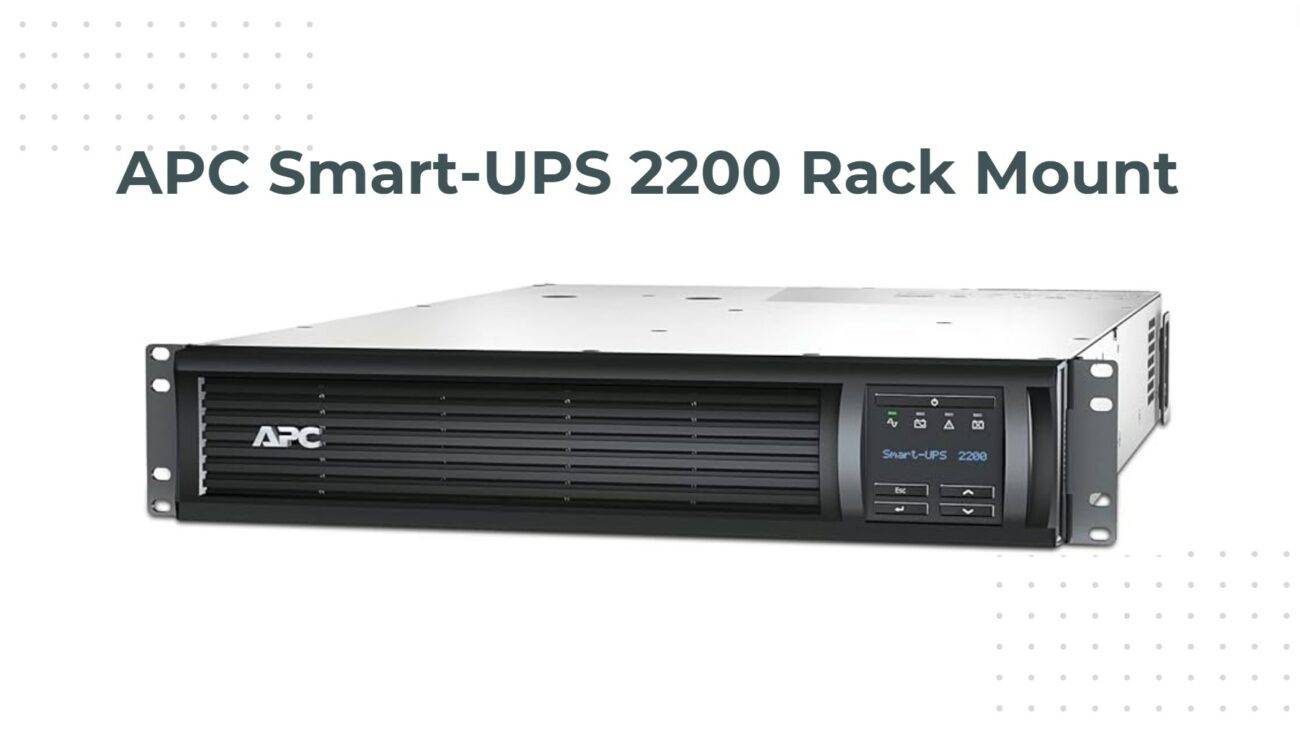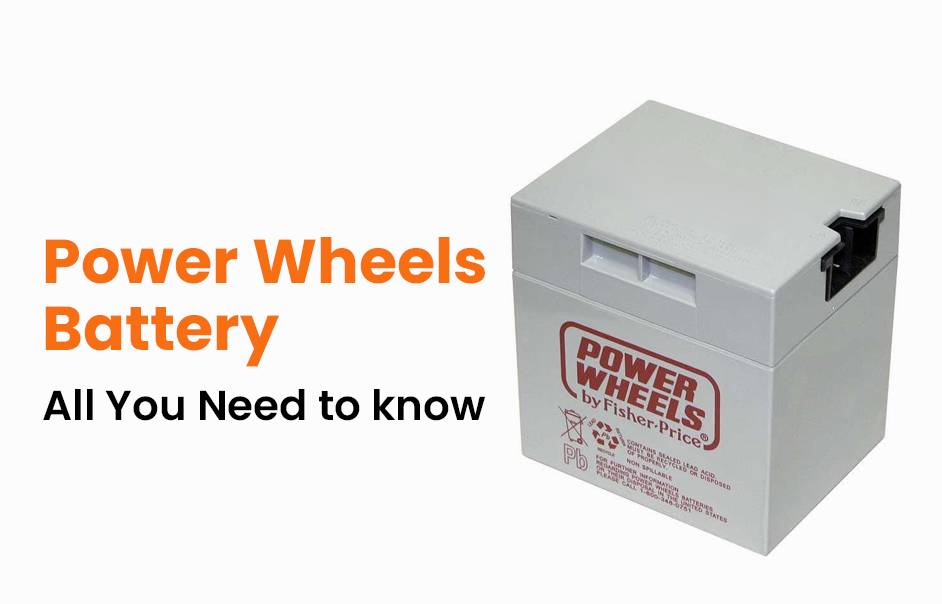
Blog
How to Maintain and Replace Your Komatsu Forklift Battery?
Proper maintenance and timely replacement of Komatsu forklift batteries ensure optimal performance, longevity, and safety. Lead-acid and lithium-ion batteries require regular watering, cleaning, and voltage checks. Replacement is needed when capacity drops below 80% or physical damage occurs. Follow manufacturer guidelines and safety protocols to avoid downtime and costly repairs.
Lithium Forklift Batteries Factory
What Are the Key Components of a Komatsu Forklift Battery?
Komatsu forklift batteries consist of lead plates, electrolyte solution, separators, and a durable casing. The battery management system (BMS) in lithium-ion models monitors temperature and charge cycles. Terminals and connectors must remain corrosion-free to ensure efficient power transfer. Regular inspection of these components prevents premature failure.
How Often Should You Perform Maintenance on a Komatsu Forklift Battery?
Perform weekly checks for electrolyte levels and terminal cleanliness. Monthly capacity tests and equalization charges are recommended. Lithium-ion batteries require less frequent maintenance but need firmware updates and thermal monitoring. Always consult the user manual for model-specific schedules.
For optimal performance, create a maintenance log to track watering frequency and voltage readings. Lead-acid batteries lose 1-2% of electrolyte monthly through normal evaporation – use distilled water to refill cells only after full charging. Consider seasonal adjustments: extreme cold increases electrolyte density, while heat accelerates water loss. Below is a comparison of maintenance tasks for different battery types:
LiFePO4 Forklift Batteries Wholesale
| Task | Lead-Acid | Lithium-Ion |
|---|---|---|
| Watering | Weekly | Never |
| Terminal Cleaning | Bi-weekly | Monthly |
| Capacity Test | Quarterly | Biannually |
Which Safety Precautions Are Essential During Battery Maintenance?
Wear acid-resistant gloves and goggles when handling lead-acid batteries. Ensure proper ventilation to avoid hydrogen gas buildup. Disconnect power before cleaning terminals. Use insulated tools to prevent short circuits. Never expose batteries to open flames or sparks.
Always neutralize spilled electrolyte immediately using a baking soda solution (1 cup per gallon of water). When lifting batteries exceeding 50 lbs, use mechanical assistance to prevent musculoskeletal injuries. Implement a lockout-tagout system during maintenance – statistics show 27% of warehouse accidents occur during improper battery handling. For lithium-ion models, avoid piercing the casing as thermal runaway can cause fires reaching 900°C within seconds.
“Komatsu batteries are engineered for durability, but neglecting maintenance cuts their lifespan by 40%,” says a Redway power solutions specialist. “Proactive voltage checks and using OEM-approved chargers prevent 70% of forklift downtime cases. Lithium-ion adoption is rising, but training technicians on hybrid systems remains critical.”
FAQs
- Can I use third-party chargers for Komatsu batteries?
- No. Komatsu recommends OEM chargers to prevent compatibility issues. Third-party chargers may lack voltage regulation, causing permanent damage.
- How do I store spare forklift batteries long-term?
- Store lead-acid batteries at 50% charge in a cool, dry place. Lithium-ion batteries prefer 30-50% charge. Recharge every 3 months to prevent capacity loss.
- Are lithium-ion batteries worth the higher upfront cost?
- Yes. Lithium-ion offers 3x faster charging, 30% longer lifespan, and zero maintenance. Total cost of ownership is 20% lower over 5 years compared to lead-acid.





